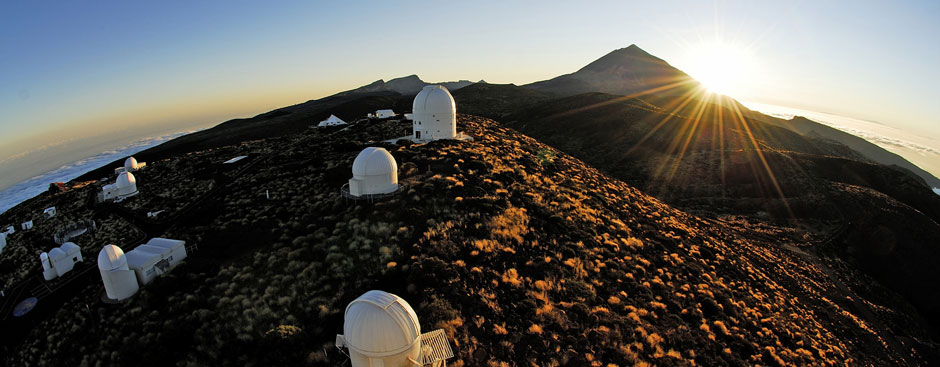We present a unified program of complementary experiments targeting axions, axion-like particles (ALPs), and high-frequency gravitational waves (HFGWs) across a broad range of masses and couplings. The WISPFI experiment probes ALPs in the 28 to 100 meV range using resonant photon-axion conversion in a fiber-based interferometer with hollow-core photonic crystal fibers inside a magnetic field....
I will discuss recent progress on the understanding of the production of light dark matter in core-collapse supernova explosions. This leads to not only a constraint in the relevant parameter space due to cooling arguments of SN 1987A but also to a range of phenomenological consequences that can open new venues for detection. In particular, we will focus on the application to sub-GeV dark...
Physics beyond the standard model can be probed via the
birefringence effects associated with axion dark matter backgrounds or a
passing gravitational wave (GW). Exploiting the unified formalism
between axion and high frequency GW effects, the use of optical cavities
offer an opportunity for pre-existing experiments to adapt themselves to
measure these polarization shifts. We demonstrate...
Ultraprecise mechanical sensors such as magnetically levitated (Maglev) superconductors offer new ways to test the coupling between ultra-light dark matter and electromagnetism. In this talk, building on the ideas and technology proposed for spin-0 and spin-1, I will show how magnetically levitated resonators can be used as detectors for spin-2 dark matter, also known as dark gravitons. I will...
We present the design and simulation results of a superconducting quantum sensor aimed at the direct detection of axion and hidden photon dark matter in the microwave regime. These dark matter candidates are predicted to convert into microwave photons at very low event rates through their weak coupling to electromagnetic fields, posing a significant experimental challenge.
To overcome this,...
New light CP-even scalars arise in a variety of BSM scenarios aimed at solving the dark matter puzzle, generating neutrino masses and/or tackling the electroweak hierarchy problem. I will discuss supernova cooling constraints on new scalars that mix with the Higgs, couple only to nucleons, or couple only to leptons. In all these cases scalars with masses smaller than the plasma frequency in...
The Relic Axion Detector Exploratory Setup (RADES) Collaboration works on the development of new techniques for axion haloscopes. In 2021 we performed a haloscope axion search performed using a custom-made radio-frequency cavity coated with high-temperature superconducting tape, using an 11.7 T dipole magnet at CERN. We will present the results of the search, after analysing a set of 27 h of...

